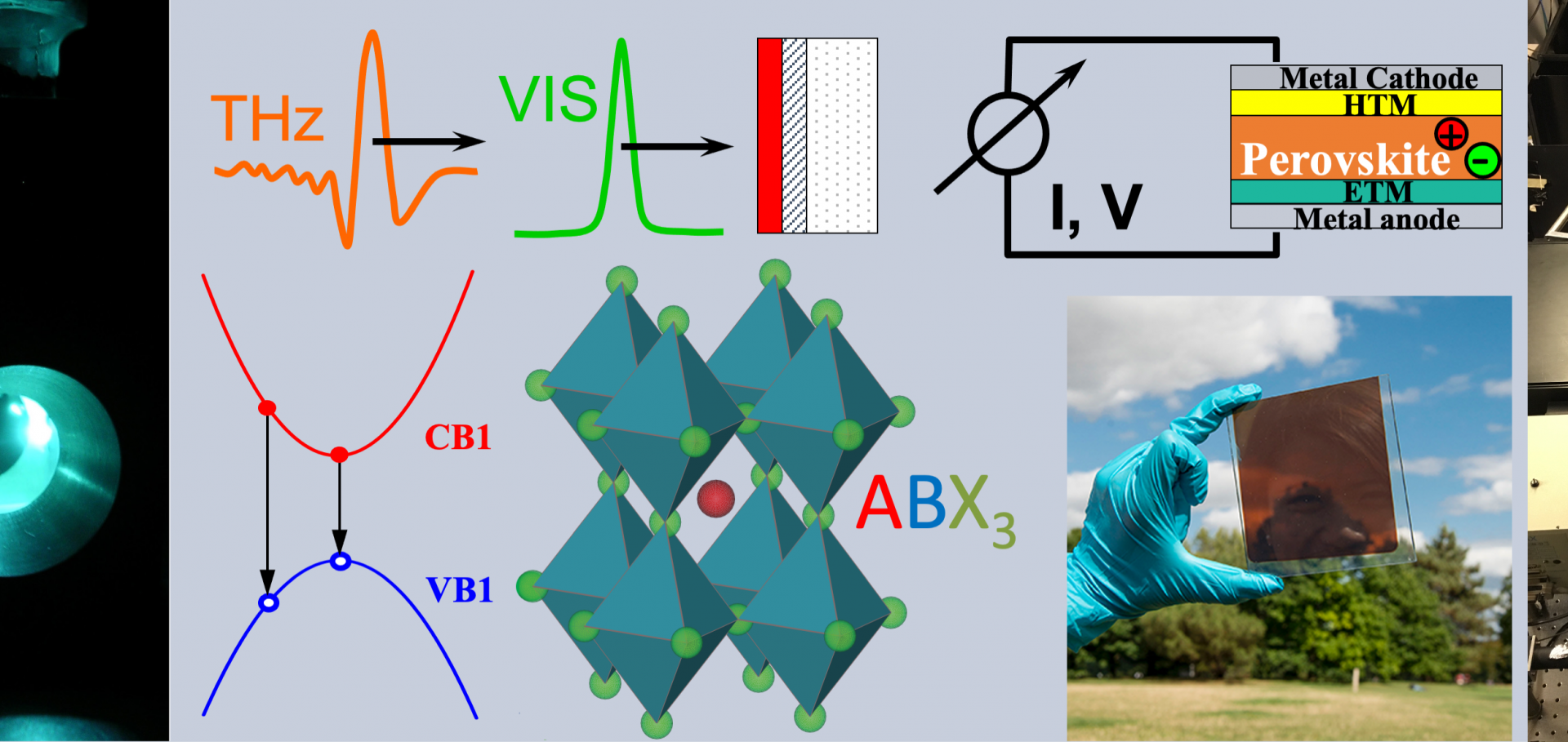Controlling and Understanding the Effects of Crystal Size in Vapor Deposited Metal-Halide Perovskite Solar Cells
Fundacio Scito (2021)
The impact of phase segregation in mixed halide perovskites: a matter of charge recombination rather than transport
Fundacio Scito (2021)
Understanding the crystallographic and microstructural properties of hybrid perovskite thin films through electron microscopy
Fundacio Scito (2021)
Polarons and charge localization in metal-halide semiconductors for photovoltaic and light-emitting devices
Advanced Materials Wiley 33:24 (2021) 2007057
Abstract:
Metal-halide semiconductors have shown excellent performance in optoelectronic applications such as solar cells, light-emitting diodes, and detectors. In this review the role of charge–lattice interactions and polaron formation in a wide range of these promising materials, including perovskites, double perovskites, Ruddlesden–Popper layered perovskites, nanocrystals, vacancy-ordered, and other novel structures, is summarized. The formation of Fröhlich-type “large” polarons in archetypal bulk metal-halide ABX3 perovskites and its dependence on A-cation, B-metal, and X-halide composition, which is now relatively well understood, are discussed. It is found that, for nanostructured and novel metal-halide materials, a larger variation in the strengths of polaronic effects is reported across the literature, potentially deriving from variations in potential barriers and the presence of interfaces at which lattice relaxation may be enhanced. Such findings are further discussed in the context of different experimental approaches used to explore polaronic effects, cautioning that firm conclusions are often hampered by the presence of alternate processes and interactions giving rise to similar experimental signatures. Overall, a complete understanding of polaronic effects will prove essential given their direct influence on optoelectronic properties such as charge-carrier mobilities and emission spectra, which are critical to the performance of energy and optoelectronic applications.Nanowires: A New Horizon for Polarization-resolved Terahertz Time-domain Spectroscopy
2021 Conference on Lasers and Electro-Optics, CLEO 2021 - Proceedings (2021)


